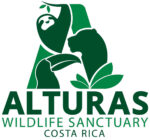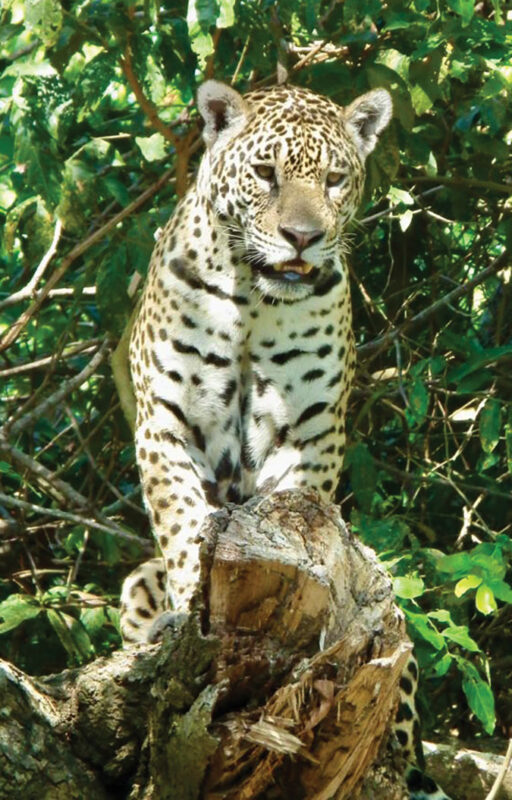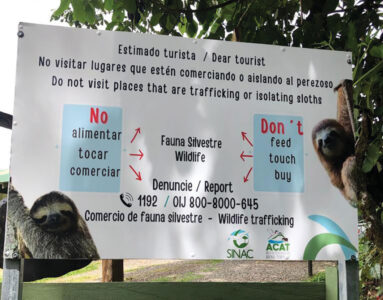Wildlife Tourism – The Good, the Bad, and the Criminal
 By Ryan Meczkowski, Local Naturalist guide
By Ryan Meczkowski, Local Naturalist guide
Seeing wild animals is exciting, especially when one has the good fortune of a close encounter with a charismatic megafauna. Glimpsing a puma or a breaching humpback whale is an experience that one cherishes for a lifetime. Wildlife tourism capitalizes on these magical moments by providing the opportunity to view spectacular creatures that evoke pure awe.
 However, wildlife tourism has a dark side. Frequently wild animals are exploited for financial gain by seizing on a tourist’s lack of understanding. For years, the Tiger Temple in Thailand provided visitors the opportunity to be photographed with a resident tiger, for a cost of course. After allegations of mistreatment and wildlife trafficking, the temple was shut down in 2016. Many so-called “sanctuaries” keep their animals in a constant state of sedation to allow visitors to touch them. Of course, they do not advertise this, which is why it is important to research institutions that handle wildlife before supporting them. This is easier said than done and even the well-informed can fall victim to misleading advertising. While traveling in Sri Lanka in 2017, my wife and I visited an “elephant rescue center” that promoted the fact that they didn’t let guests ride the elephants out of respect for the animals. It is true that for millennia, humans have captured and tamed Asian Elephants for transportation, work, and tourism. These animals suffer at the hands of the mahouts, who force obedience by beating them into submission with bullhooks. The center claimed to be rescuing elephants from this fate, so we supported them by spending the day walking and bathing the animals. However, in the evening, we noticed they were chained up with shackles so they couldn’t move. Furthermore, we later learned the sanctuary only leases these elephants from the mahouts, and after the lease is up, they go right back to their owners. In other words, through a sleight of hand, the center used the elephants as pawns to sell tourists the idea that they were supporting a noble cause.
However, wildlife tourism has a dark side. Frequently wild animals are exploited for financial gain by seizing on a tourist’s lack of understanding. For years, the Tiger Temple in Thailand provided visitors the opportunity to be photographed with a resident tiger, for a cost of course. After allegations of mistreatment and wildlife trafficking, the temple was shut down in 2016. Many so-called “sanctuaries” keep their animals in a constant state of sedation to allow visitors to touch them. Of course, they do not advertise this, which is why it is important to research institutions that handle wildlife before supporting them. This is easier said than done and even the well-informed can fall victim to misleading advertising. While traveling in Sri Lanka in 2017, my wife and I visited an “elephant rescue center” that promoted the fact that they didn’t let guests ride the elephants out of respect for the animals. It is true that for millennia, humans have captured and tamed Asian Elephants for transportation, work, and tourism. These animals suffer at the hands of the mahouts, who force obedience by beating them into submission with bullhooks. The center claimed to be rescuing elephants from this fate, so we supported them by spending the day walking and bathing the animals. However, in the evening, we noticed they were chained up with shackles so they couldn’t move. Furthermore, we later learned the sanctuary only leases these elephants from the mahouts, and after the lease is up, they go right back to their owners. In other words, through a sleight of hand, the center used the elephants as pawns to sell tourists the idea that they were supporting a noble cause.
 So, what is a tourist to do? Start by researching organizations that keep animals in captivity prior to visiting. Don’t just read their website because organizations can control and distort their message. Support initiatives that protect wild animals without exploiting them. In Rwanda, a revolutionary eco-project uses money generated from gorilla tours to give back to the community, providing locals with the incentive to protect the Mountain Gorillas from poachers. Go out and see animals in their natural habitat. Costa Rica protects 25% of its land in national parks and reserves to preserve biodiversity. The result is a thriving ecotourism industry where people can see wildlife with relative ease. Costa Rica has created a model for generating revenue from wildlife tourism, without succumbing to exploitation.
So, what is a tourist to do? Start by researching organizations that keep animals in captivity prior to visiting. Don’t just read their website because organizations can control and distort their message. Support initiatives that protect wild animals without exploiting them. In Rwanda, a revolutionary eco-project uses money generated from gorilla tours to give back to the community, providing locals with the incentive to protect the Mountain Gorillas from poachers. Go out and see animals in their natural habitat. Costa Rica protects 25% of its land in national parks and reserves to preserve biodiversity. The result is a thriving ecotourism industry where people can see wildlife with relative ease. Costa Rica has created a model for generating revenue from wildlife tourism, without succumbing to exploitation.
So, support the national parks and rescue centers that do legitimate work. Just make sure you do your homework!
Contact us at outreach@alturaswildlifesanctuary.org & 506-8609-5363.
Visit us online at alturaswildlifesanctuary.org,
facebook.com/alturaswildlifesanctuary,
instagram.com/alturaswildlife
